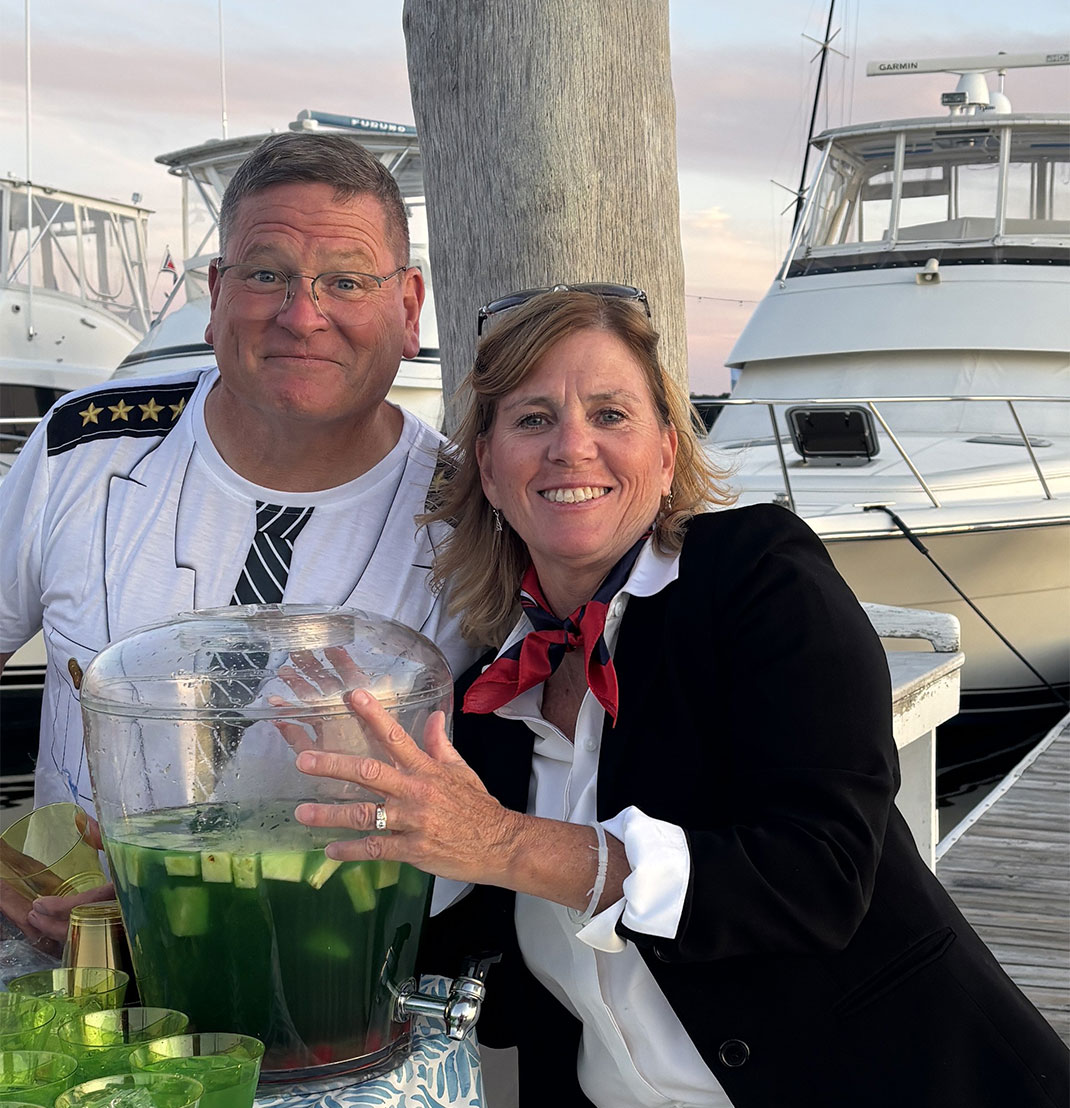-
- Find Care
-
- Visitor Information
- Find a Location
- Shuttles
- Visitor Policies
-
-
- Our Virtual Care Options
- Virtual Urgent Care
- Virtual Visits for Primary & Specialty Care
- Online Second Opinions
- Participate in Research
-
- Contact us
-
- For Innovators
- Commercialization Guide for Innovators
-
-
- Research News
- Alzheimer's Disease
- Artificial Intelligence
-
- Overview
-
- Overview
- Getting Started
- New to Mass General Brigham
- International Patient Services
- What Is Patient Gateway?
- Planning Your Visit
- Find a Doctor (opens link in new tab)
- Appointments
- Patient Resources
- Health & Wellness
- Flu, COVID-19, & RSV
- Billing & Insurance
- Financial Assistance
- Medicare and MassHealth ACOs
- Participate in Research
- Educational Resources
- Visitor Information
- Find a Location
- Shuttles
- Visitor Policies
- Find Care
-
- Overview
- Our Virtual Care Options
- Virtual Urgent Care
- Virtual Visits for Primary & Specialty Care
- Online Second Opinions
-
- Overview
- Participate in Research
-
- Overview
- About Innovation
- About
- Team
- News
- For Industry
- Venture Capital and Investments
- World Medical Innovation Forum (opens link in new tab)
- Featured Licensing Opportunities
- For Innovators
- Commercialization Guide for Innovators
- Contact us
-
- Overview
- Information for Researchers
- Compliance Office
- Research Cores
- Clinical Trials
- Advisory Services
- Featured Research
- Two Centuries of Breakthroughs
- Advances in Motion (opens link in new tab)
- Brigham on a Mission (opens link in new tab)
- Gene and Cell Therapy Institute
- Research News
- Alzheimer's Disease
- Artificial Intelligence
-
- Overview
-
- Overview
- Residency & fellowship programs
- Brigham and Women's Hospital
- Massachusetts General Hospital
- Mass Eye and Ear
- Newton-Wellesley Hospital
- Salem Hospital
- Integrated Mass General Brigham Programs
- Centers of Expertise
- Global & Community Health
- Health Policy & Management
- Healthcare Quality & Patient Safey
- Medical Education
- For trainees
- Prospective trainees
- Incoming trainees
- Current trainees
- Continuing Professional Development
Avoiding Open Surgery to Replace a Failing Heart Valve: Bob's Story
A minimally invasive solution for a complex heart anatomy
Open-heart surgery would have been too risky for Bob's heart. The team knew they needed a less invasive option. Dr. DeFaria and her colleagues, including Sihong Huang, MD and other specialized ACHD cardiologists, chose to do a transcatheter valve replacement.
With transcatheter valve replacement, tiny incisions are made in the groin. An interventional cardiologist then uses imaging guidance to thread a catheter (thin tube) through a vein in the leg to reach the heart. There, a new tissue valve is placed inside the old one.
Interventional CHD cardiologist Ignacio Inglessis-Azuaje, MD performed the procedure. Dr. Inglessis-Azuaje's extensive experience with transcatheter valve replacement and expertise in ACHD interventions were critical given the complexity of Bob's transposed ventricles.
"Most doctors rarely have the opportunity to do this procedure with this particular heart anatomy, where the ventricles and valves are backwards," she said. "Because he has deep experience with CHD catheter interventions in adults, Dr. Inglessis-Azuaje was able to navigate Bob's heart and place the new valve exactly where it needed to go."
The results were immediate. Over the first couple days, Bob's blood pressure returned to normal levels, and fluid stopped building up in his lungs. But in those early hours post-procedure, he was still groggy and couldn't process the encouraging news the doctors were sharing with him.
"I had no idea that everything had gone so well," he laughed. "I told my daughter, 'Listen, I have to make plans to make sure you, your mom, and your brothers are okay.' And she's like, 'No, Dad, you're going to be fine.'"


